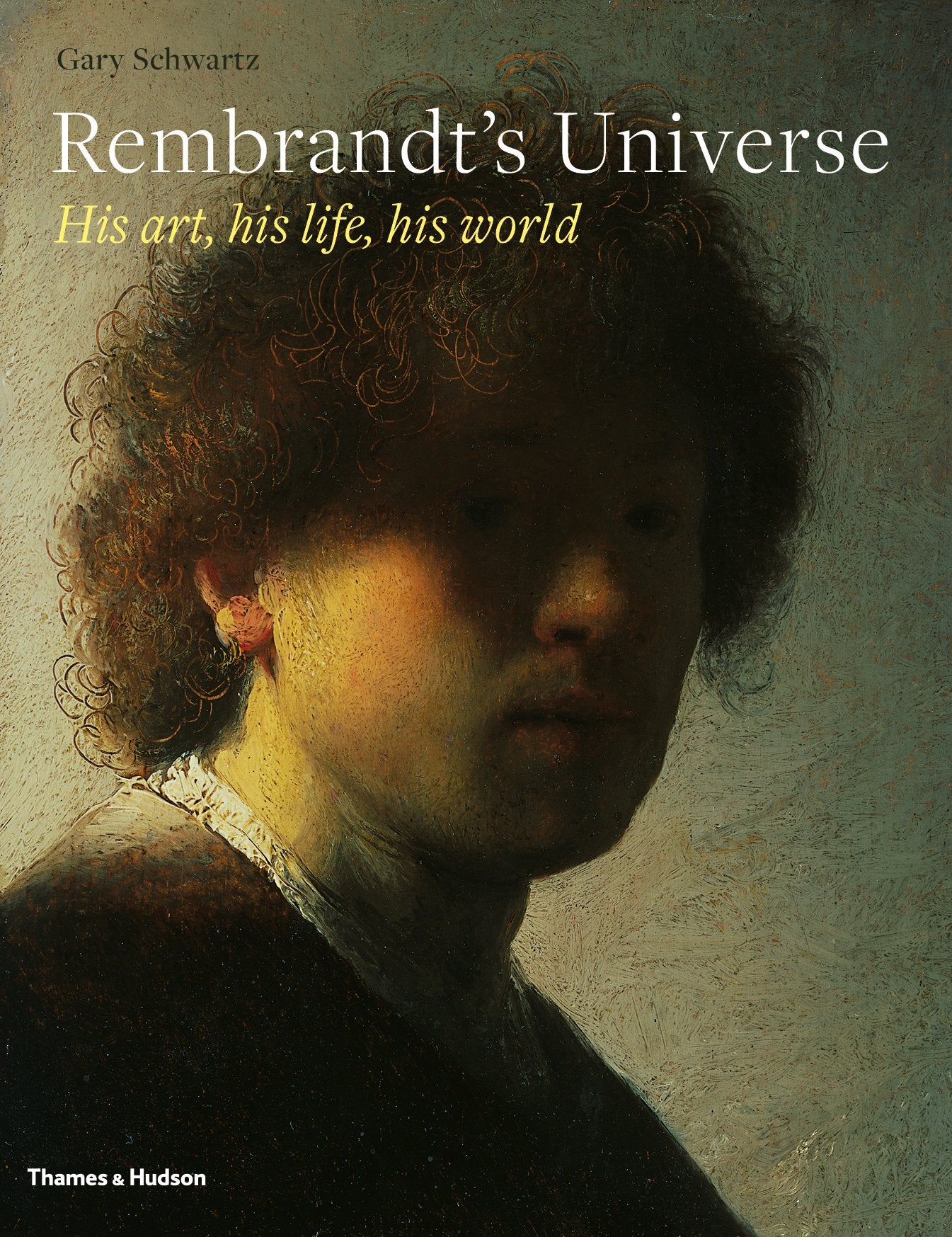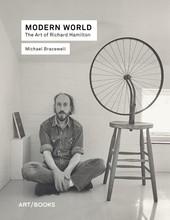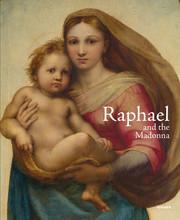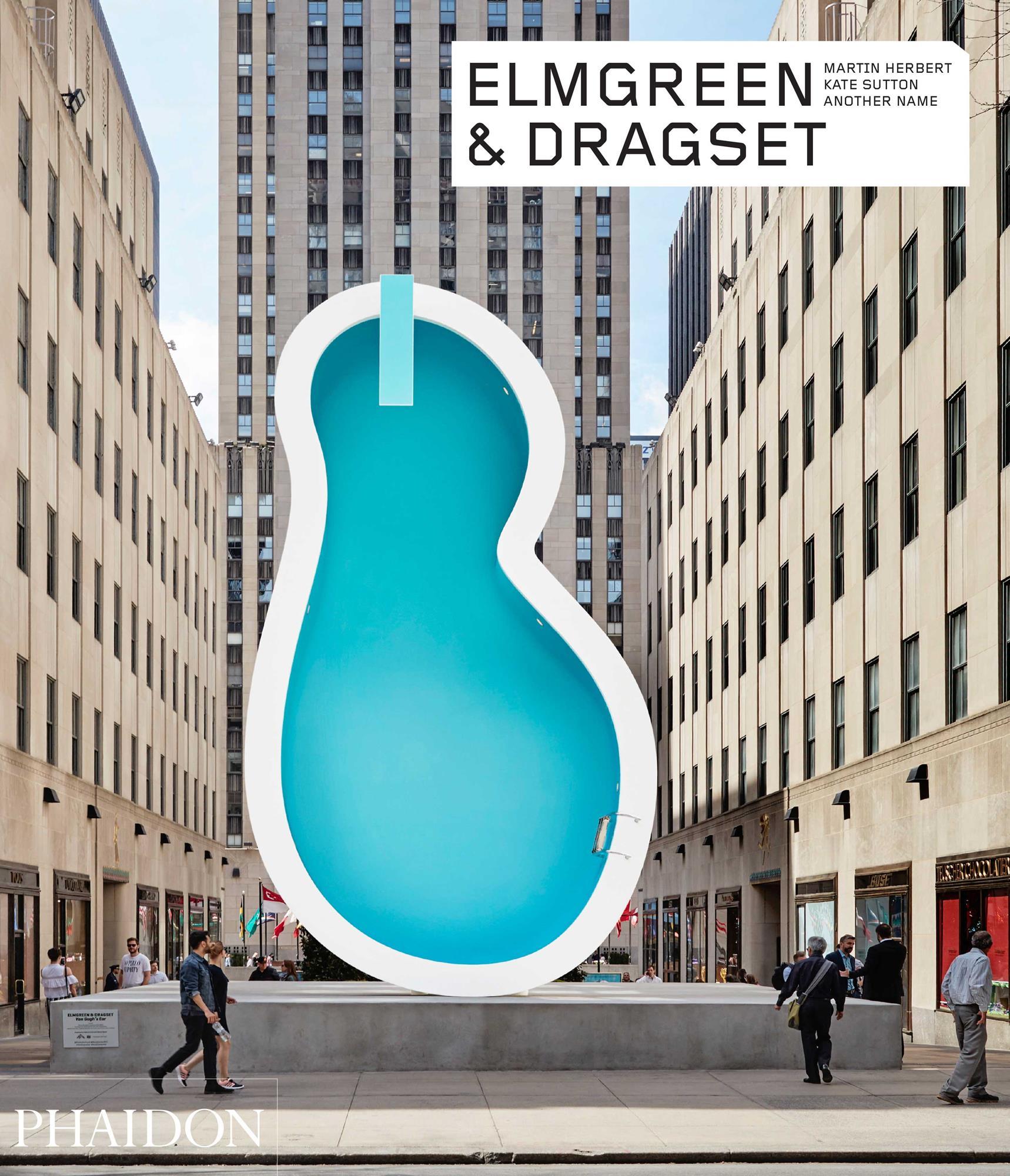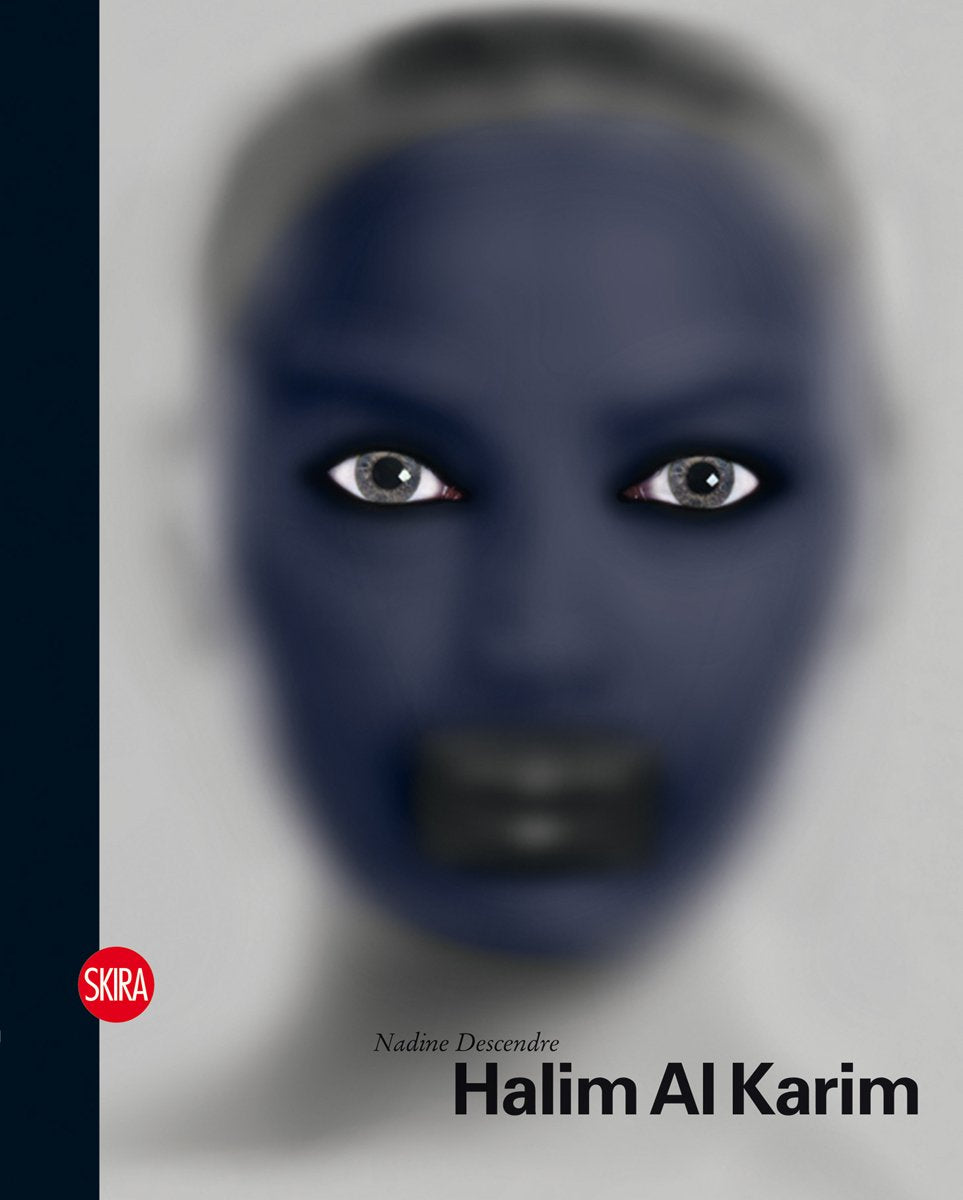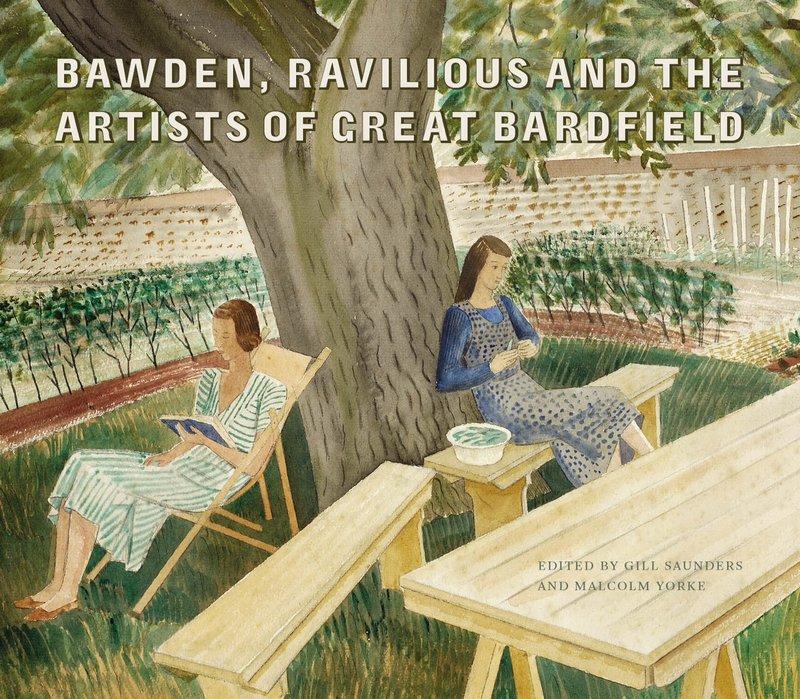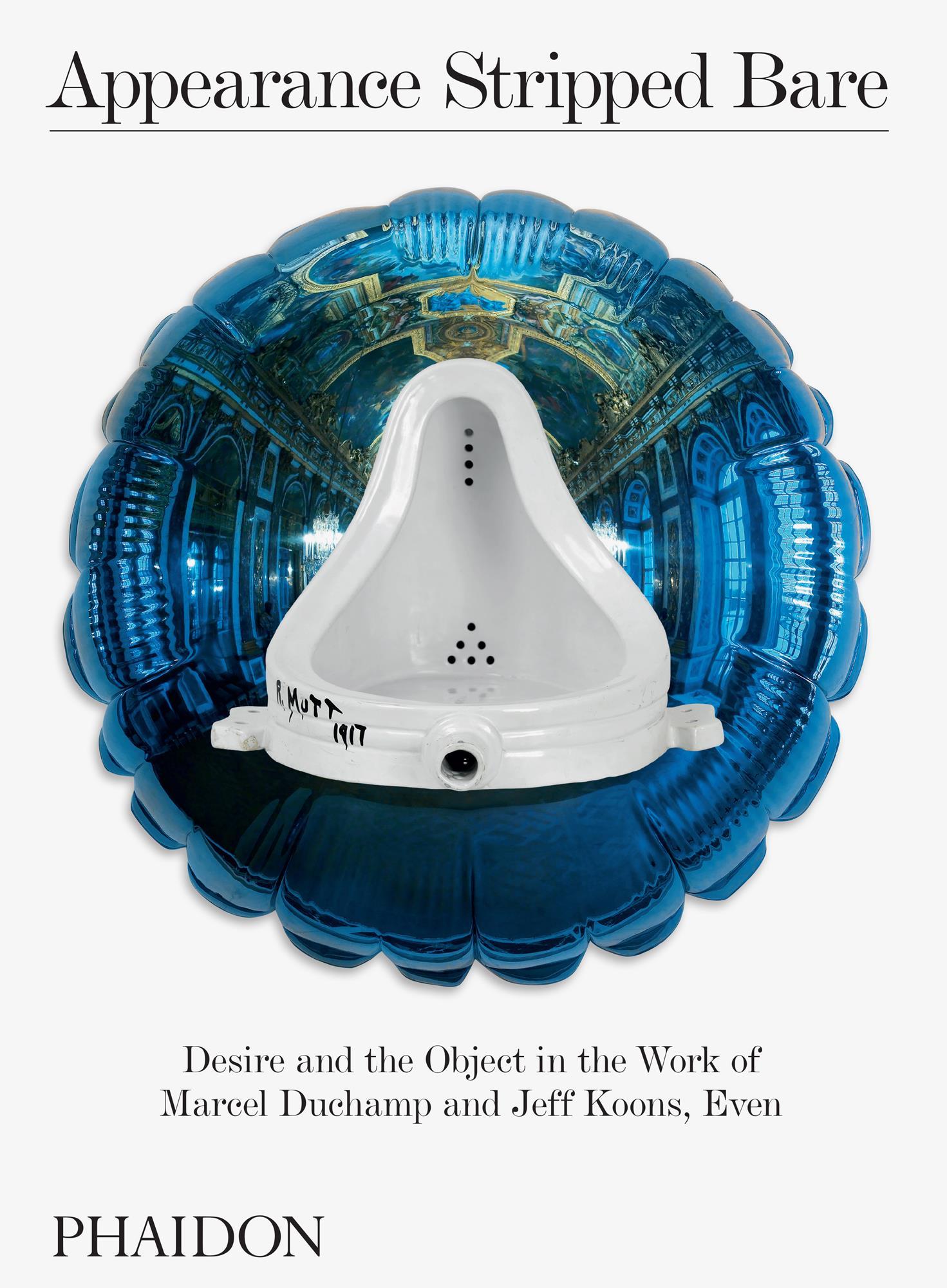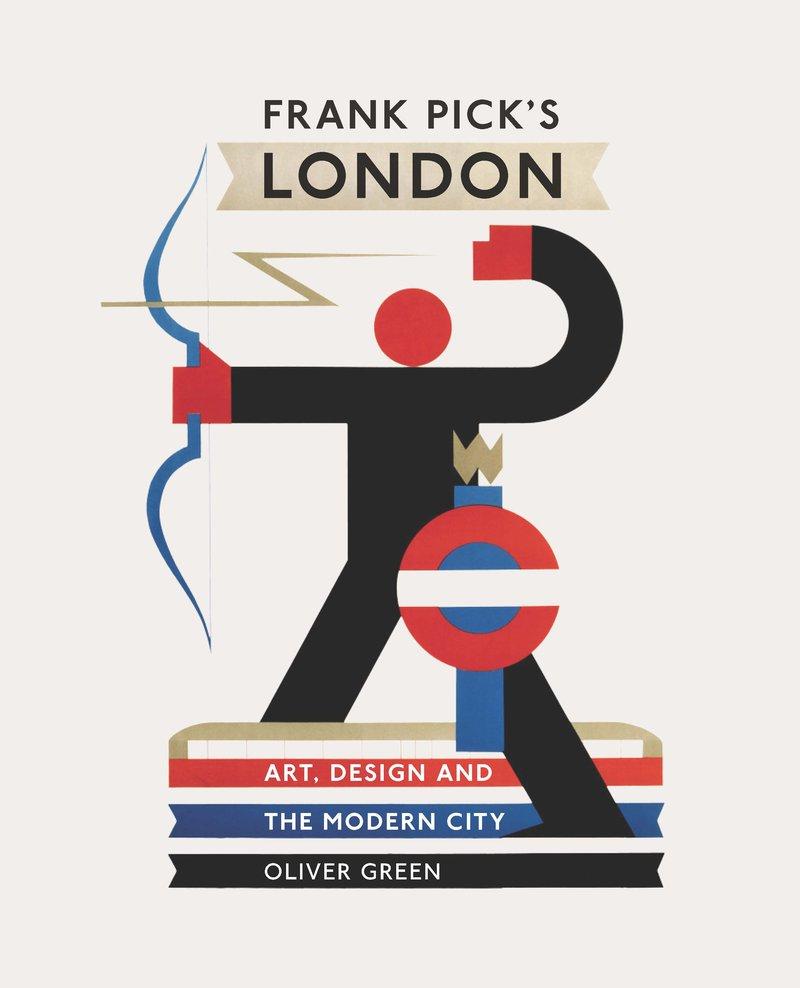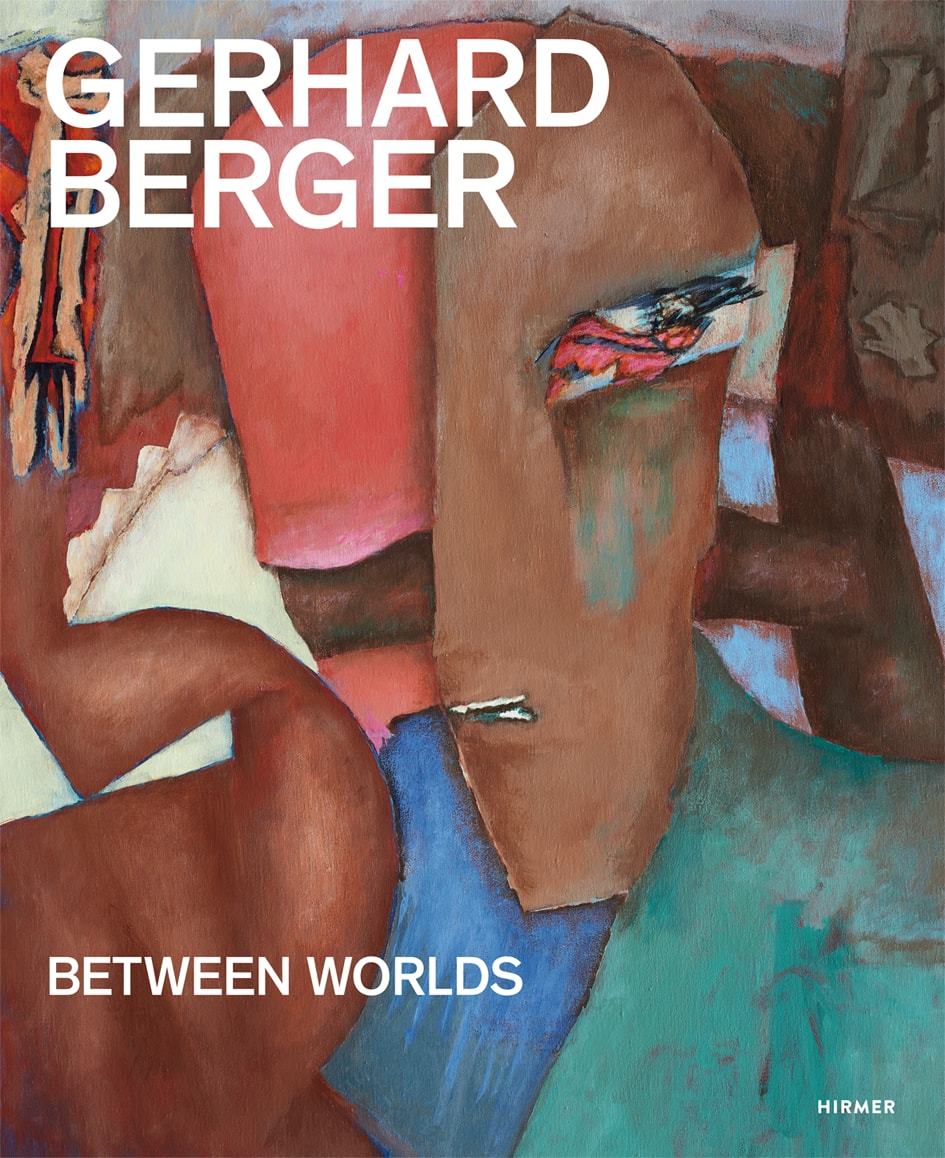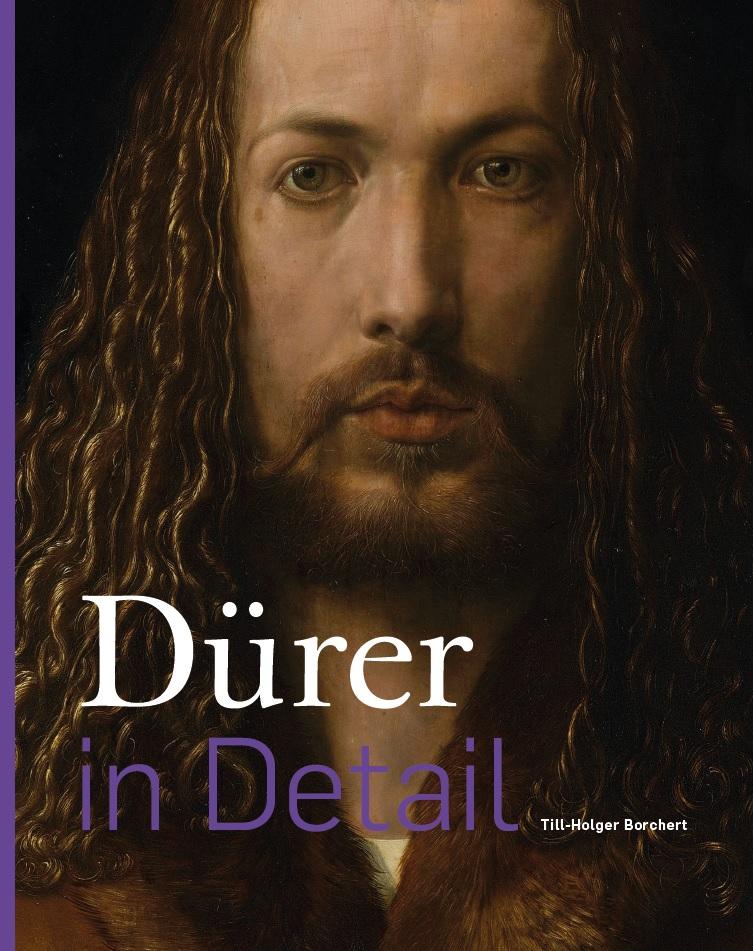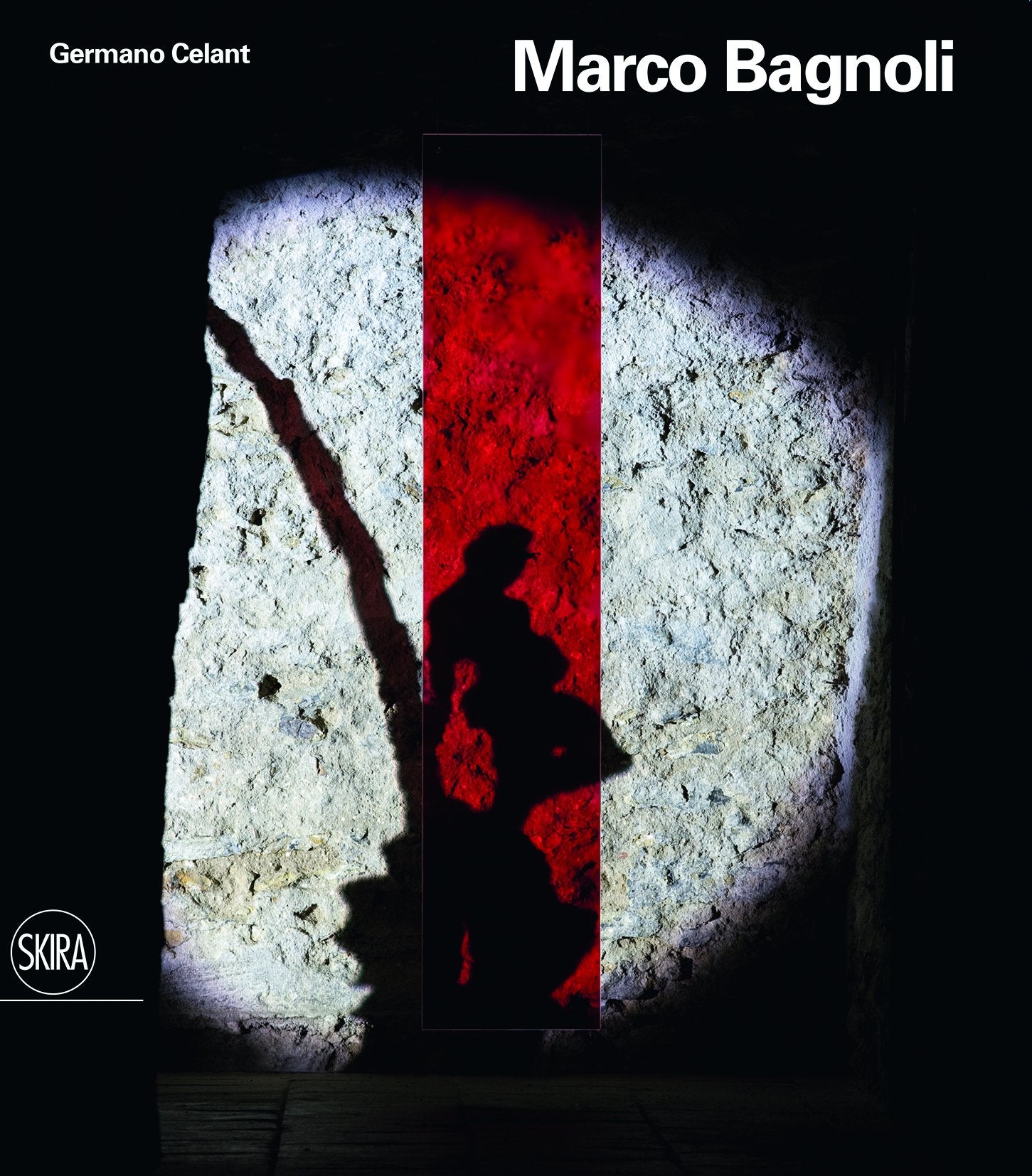Monet
James H. Rubin
Claude Monet (1840–1926) is one of the most admired and famous painters of all time, and the architect of Impressionism: a revolution that gave birth to modern art. His technique – painting out of doors, at the seashore or in the city streets – was as radically new as his subject matter, the landscapes and middle-class pastimes of a newly industrialized Paris. Painting with an unprecedented immediacy and authenticity, Monet claimed that his work was something new: both natural and true.
In this new introductory study, James H. Rubin – one of the world’s foremost specialists in 19th-century French art – traces the development of Monet’s practice, from his early work as a caricaturist to the late paintings of waterlilies and his garden at Giverny. Rubin explores the cultural currents that helped to shape Monet’s work: the utopian thought that gave rise to his politics; his interest in Japanese prints, gardening, and trends in the decorative arts; and his relationship with earlier French landscape painters as well as such contemporaries as Manet and Renoir.
James H. Rubin is professor in the department of art at Stony Brook University, New York, where he teaches art history, theory and criticism, specializing in 19th-century France. He taught previously at Harvard, Boston University, Princeton and the Cooper Union. His books include studies of Manet, Delacroix, Courbet and Impressionism; most recently he is the author of How to Read Impressionism: Ways of Looking.



































